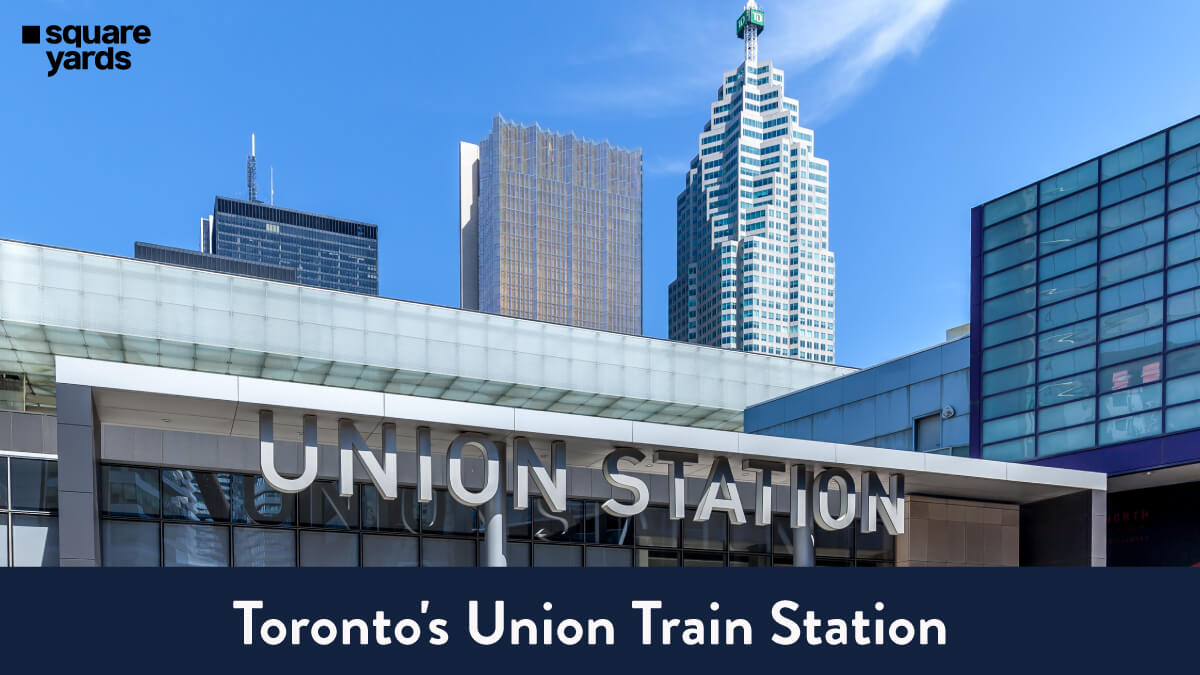When arriving in Toronto by train, you’re likely to detrain at Toronto Union Station. The station is distinguished by its Beaux-Art design, making it an official National Historic Site of Canada. Inside, the Union Train Station is similarly impressive, with its temple-like columns and atmosphere.
This renowned railway station and intermodal transportation hub is nestled in the heart of Toronto’s Old Town on Front Street and is a historic landmark of the city, boasting remarkable architecture and nearly a century of safe commuter service.
Travellers can easily access the area from any Toronto point via the city’s subway, bus, streetcar and pedestrian PATH networks, which are all within a 10-minute walking distance from the shore of Lake Ontario. Furthermore, Toronto Union Station is the ideal destination for shopping, dining, and free entertainment, as well as providing its visitors with convenient connections to any other parts of Canada.
History of Toronto Union Station
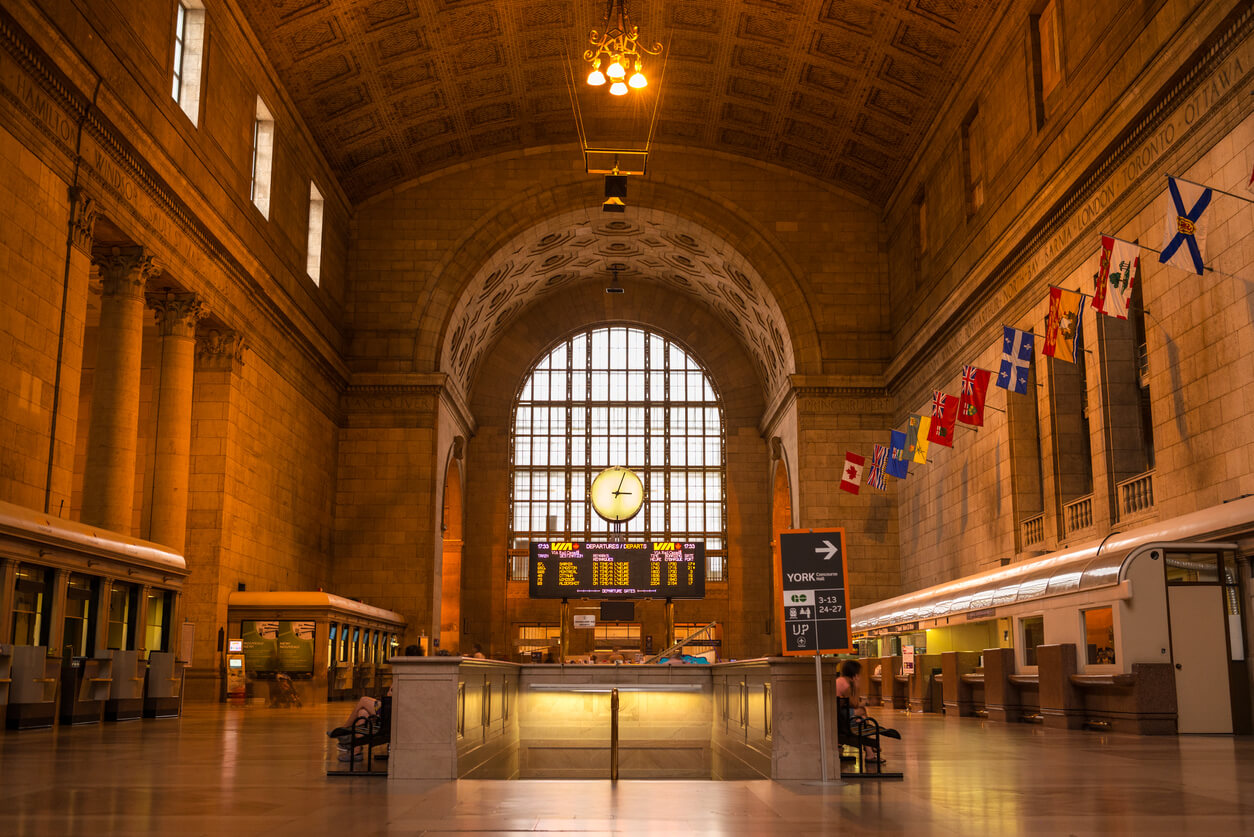
Union Station in Toronto has been the significant hub for train transportation since the mid 19th century. The original station, built in 1855, was a wooden building located on Front Street just west of the current station. This station was then replaced in 1872 with a more modern structure designed by E.P. Hannaford, modelled after the Illinois Central Station in Chicago.
The destruction of most buildings along Front Street due to the Great Fire of 1904 and the need to accommodate the 40,000 people passing through the station daily necessitated the construction of a larger station. In 1905, the Grand Trunk Railway and the Canadian Pacific Railway met with the City of Toronto to discuss plans for a new station which involved the demolition of the Old Station.
Construction began in 1914 but due to WWI and the Grand Trunk Railway collapsing in 1919, the station was not completed until 1921. The new Union Station was officially opened on August 6, 1927 with Edward, the Prince of Wales, cutting the ribbon in front of a large crowd. He was presented with a gold key to unlock the station and purchased the first ticket. The new Toronto Union Station saw its first round of passenger trains on August 11th. And, since its opening, Toronto Union Train Station has grown in significance and remains one of the most important transportation hubs in Canada.
For your information, the demolition of the Old Station started in 1927 and was completed in 1931.
Visiting Details: Location, Time and Entry Fee
The visiting details of Union Train Station is mentioned in below:
-
Union Station Toronto Address
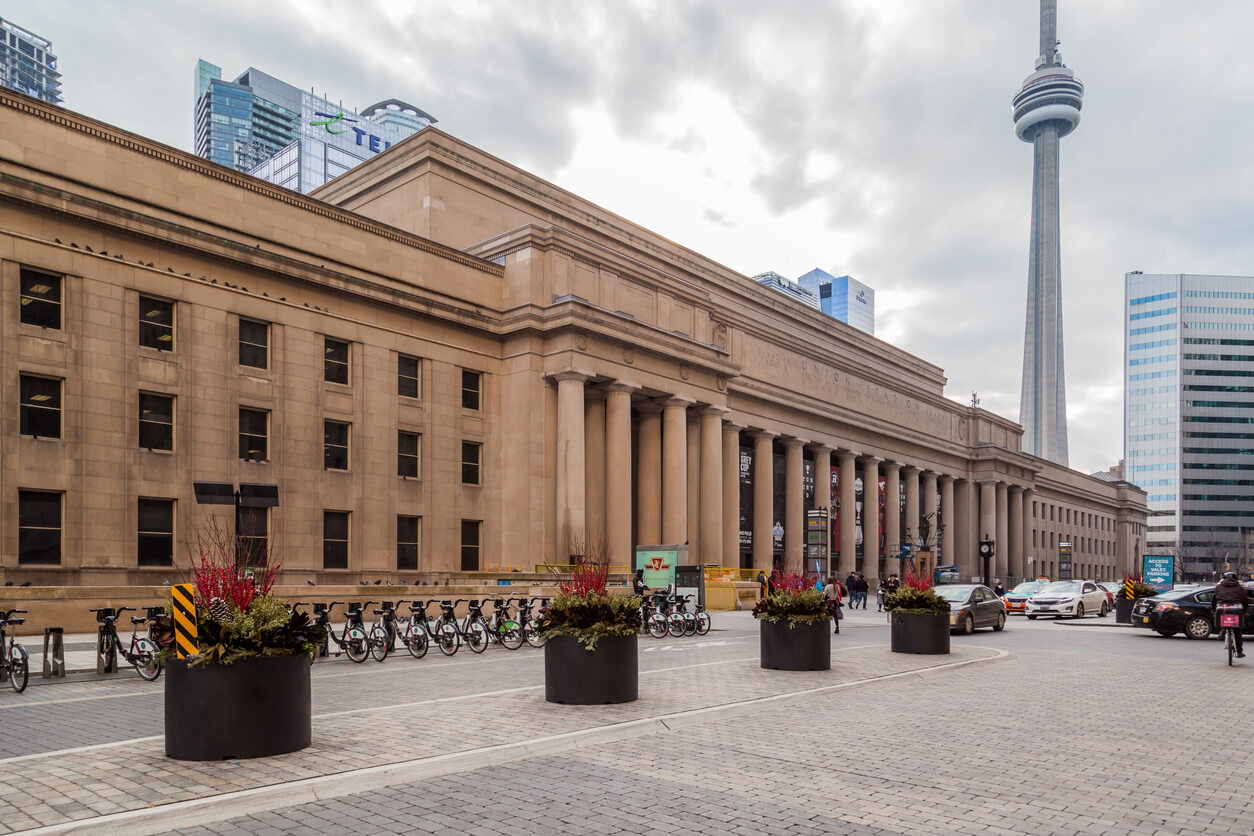
Union Station Toronto is situated on Front Street West, on the south side of the block between Bay Street and York Street in the heart of Toronto. The station is conveniently located near Ontario Lake, the southern border of the city, and the Gardiner Expressway allowing easy and quick access to transit buses.
-
Union Station Toronto Timings
The hours of operation for Union Station are from 5:30 am to 12:45 am on a daily basis, although opening and closing times for individual shops and restaurants may differ.
Also, the western doors , leading into the Great Hall, are open from 5:00am to 2:00am. This is the only accessible entrance to the station outside of official operating hours, and is only for those using the UP Express.
Beaux-Arts Architecture
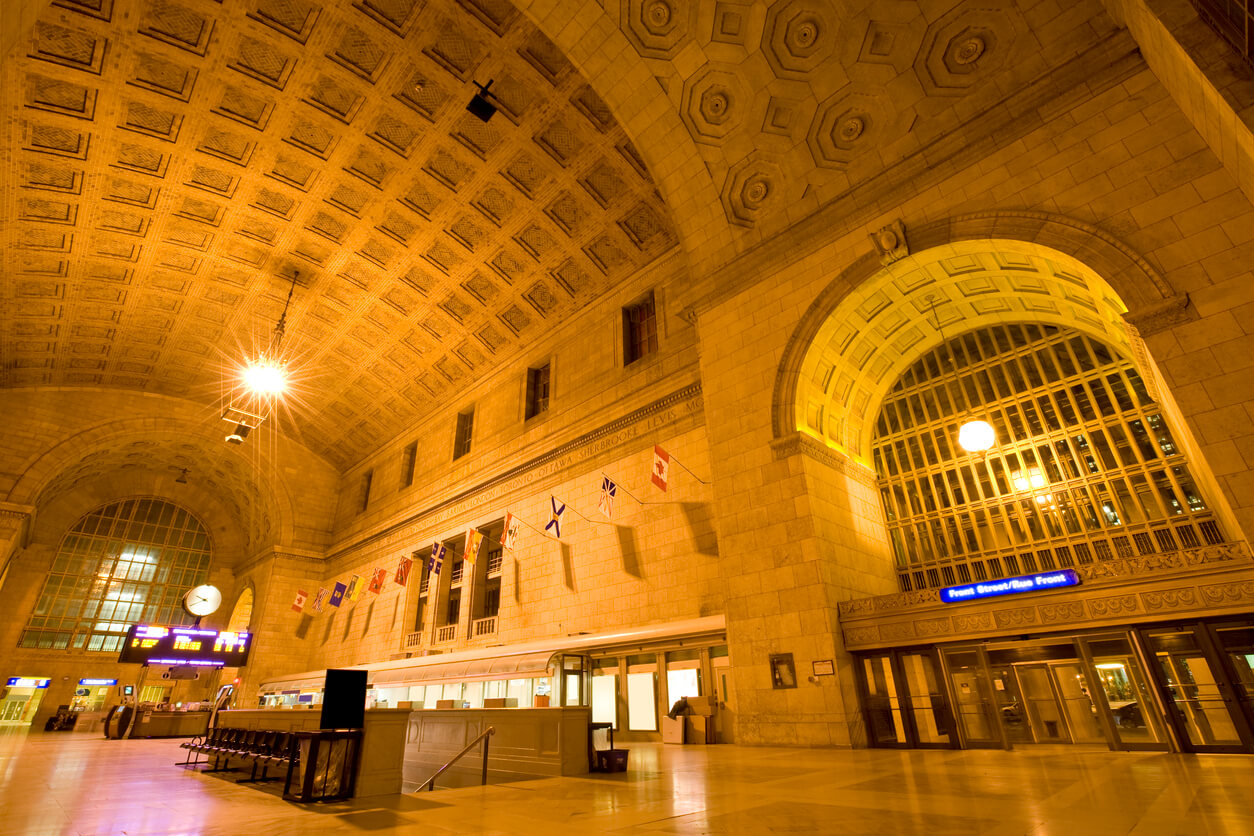
The Union Station Toronto is genuinely a majestic example of the classic École des Beaux-Arts style of architecture. An alliance of R.H. MacDonald, G.A. Ross, and John M. Lyle brought the design to life, creating a monumental gateway to the city.
The entrance is lined with stately Tuscan order columns, a Roman architecture order, and boasts a cornice with dentils, egg and dart, and wreaths for good fortune, all of which are classic features of Greek architecture.
Inside, the walls are made of Zumbro stone from Missouri, the floors are made of Tennessee marble, and the exterior is made of Indiana and Queenston limestone. The grand barrel-vaulted and four-story windows of the east and west walls are a sight to behold, with the names of those cities served by the Canadian National Railways and CPR carved in the middle of the south and north walls.
Hall of Union Station – Ticket Offices, Bathrooms & Information Booth
The Great Hall of Union Train Station houses ticket offices, tourist information booths, and bathrooms. This hall of the station has the glory of a castle with its mixture of limestone, bronze, marble, translucent glass, and tiles. Natural light streams in through the clerestory windows and tall windows like those in Roman baths. On the other hand, the coffered Guastavino tile ceilings give the illusion of another building rising from behind.
Baggage counters, information booths, and Via Rail tickets line the north wall, while shops and restaurants are nestled on the opposite side. In the centre, you can admire the gigantic clock and the departure board. Stairways lead up to the transit areas on either side, and escalators take passengers down to the departure area, which has the most seating and 17 gates in the west and east lines.
This makes Toronto Union Station one of the biggest stations with plenty of excellent amenities for travellers.
Passenger Services at Union Station
Union Station Toronto is the most used station in Canada, due to its convenient location at the centre of the country’s most important city. It is the eastern terminal of ‘The Canadian’, a transcontinental passenger train operated by Rail Canada, connecting Toronto and Vancouver.
In addition to this, national services from the Union Train Station connect many major cities in southwestern Ontario, involving Sarnia, Kitchener, London, and Windsor. It is also possible to travel the Ottawa-Montreal-Toronto triangle by taking trains from Montreal.
Moreover, Union Station Toronto offers international services to New York City, as well as other well-known United States destinations such as Rochester, Buffalo, Albany and Syracuse. Until 2004, Via Rail and Amtrak operated the International Limited from Toronto to Chicago through the Sarnia–Port Huron border crossing; however, both of them now maintain service on the route on their sides of the border without crossing them.
Policies at Union Station in Toronto
Toronto Union Station has different policies for different things such as baggage, food, cameras, and much more. So, if you are planning a visit soon to this hotspot in Toronto, then you must know the policies of each category.
Let’s have a look!
-
Baggage
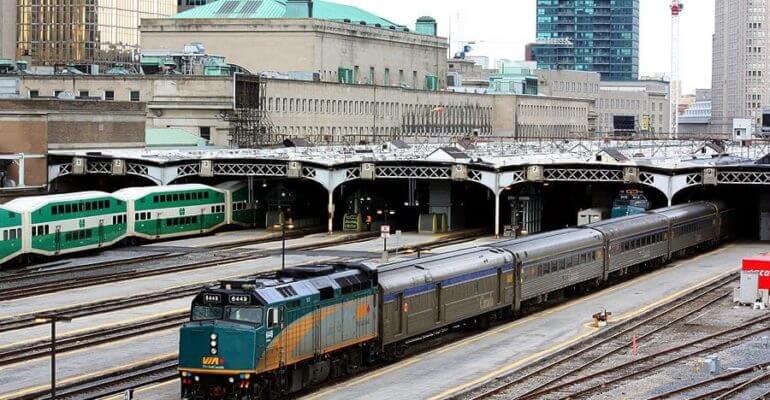
Union Train Station is like a massive shopping mall, and if you’re there, it’s worth exploring. You may be among the thousands of people who pass through Union Station regularly, so it’s best to drop your bags off at a baggage storage service first so you can wander around without your luggage weighing you down. That way, you’ll be able to pick up the items you want without having to worry about carrying your baggage around.
-
Camera
It is possible for regular members of the public to take photos inside Toronto’s Union Station, as long as the pictures are not of security cameras, staff, unknown passengers, police if present, or other restricted areas. Press personnel need to get permission before using a camera in the station. The natural light from the clerestory windows provides an exceptional atmosphere for photography.
-
Food
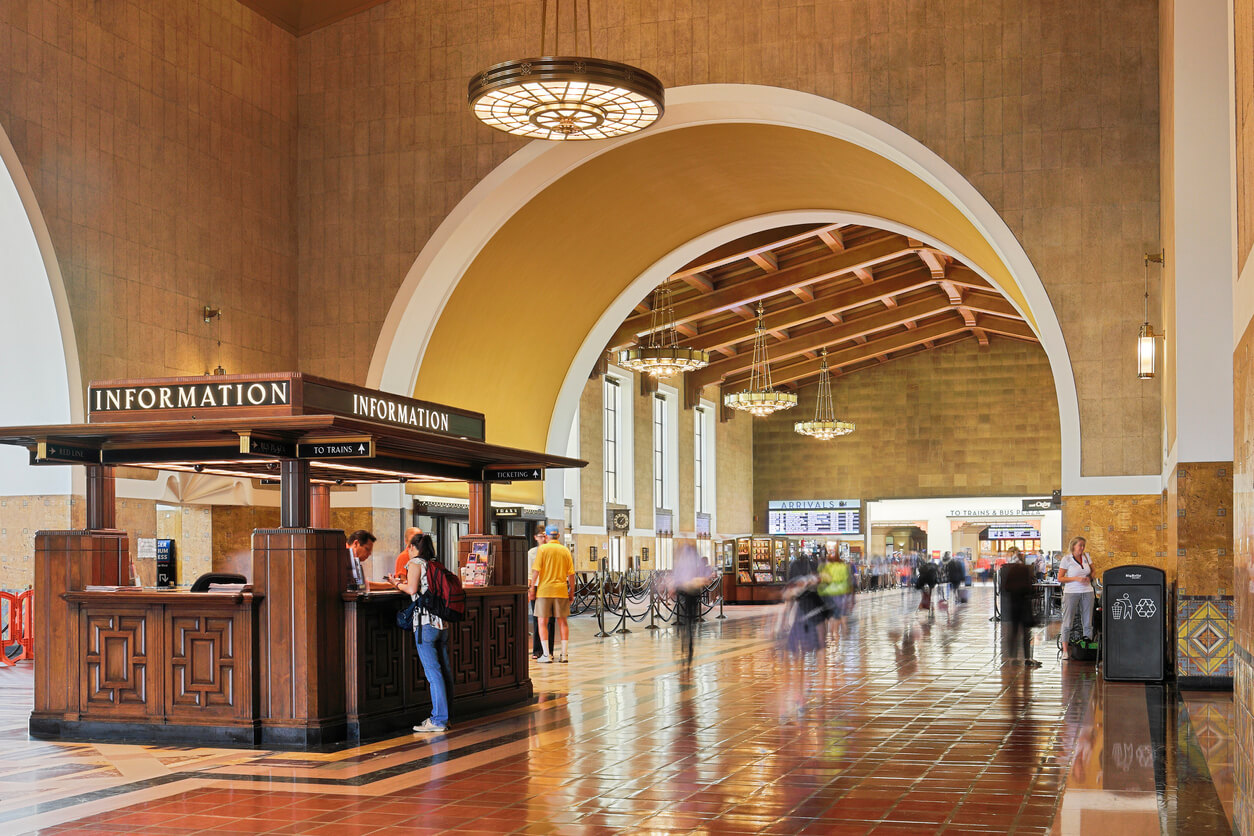
One could literally spend more than a month savouring the vast range of food available at Toronto’s Union Station. Everything from fresh produce to Italian, Thai, and Ramen noodles, as well as Danish pastries, ice cream, and cheesecake, can be found in the station’s promenades and causeway, the market, marquees, and the food court. There, you will truly find an endless selection of food vendors, restaurants, coffee shops, and fast food outlets to explore.
-
Other Rules
Union Station is open from 5:30 a.m. until 12:45 a.m. each day. If you are using the UP Express, you are allowed to enter the station outside of these hours; however, you must proceed directly to the platform, and lounging in the Great Hall is prohibited. Pets are not permitted in the station, unless they are service dogs, and must always remain in a pet carrier. Furthermore, cycling through the station is not permitted, so cyclists are recommended to leave their bikes in the cycle park provided unless they’re taking them onboard a train.
-
Locker Facility
Unfortunately, there are no luggage locker facilities available at Toronto Union Station, so other storage solutions must be explored. ViaRail offers limited checked-in luggage services, but they are only available to passengers with tickets for same-day travel. They do not store luggage for the general public or provide overnight locker facilities for their customers. However, they’ll hold carry-on cases or hand luggage for a short time after paying a specific amount of fee. Amtrak also offers a similar service.
Conclusion
Toronto Union Station, designated as a national historic site in 1975, is a stunning example of the Beaux-Arts architecture style. It is not only the busiest transportation hub in Canada, receiving over 200,000 daily visitors, but also a shopping, dining, and cultural destination with 30 new retailers. So, plan a visit soon and explore the commendable work of Union Station’s architects.
You May Also Read :
| Know About CN Tower in Toronto | CN Tower in Toronto |
| St. Lawrence Market in Toronto | St. Lawrence Market in Toronto |
| Guide on Places To Visit in Toronto | Places To Visit in Toronto |
| All About Toronto To Ottawa Transportation | Toronto To Ottawa Transportation |
Frequently Asked Question (FAQs)
Union Station is the main railway station in Toronto. Every day, over 250,000 people travel through Union Station, Canada's largest and busiest multi-modal passenger transportation hub. This designated national historic site is an important part of Toronto's identity and history.
This significant station is called Union Station because it is where different railway lines meet up.
Union Station in Toronto, Ontario, is the largest and busiest transportation hub in Canada, serving more than 250,000 passengers each day.
Built in 1927, the Toronto Union Station will be 96 years old in 2023.
No, you cannot sleep in Union Train Station, Toronto. Also, the station closes at 12:45 a.m., and the last set of doors close at 2 a.m. It is not possible to stay in the building after this time. What is the main railway station in Toronto?
Why is it called Union Station?
Which is the biggest station in Canada?
How old is Union Station in Toronto?
Can I sleep in Union Station, Toronto?

